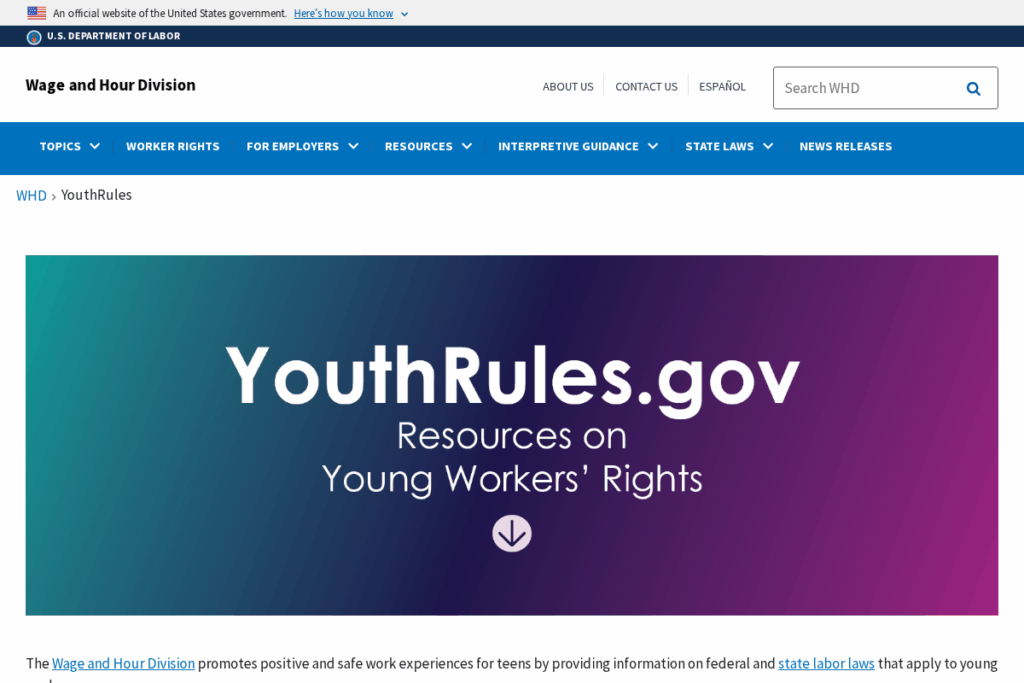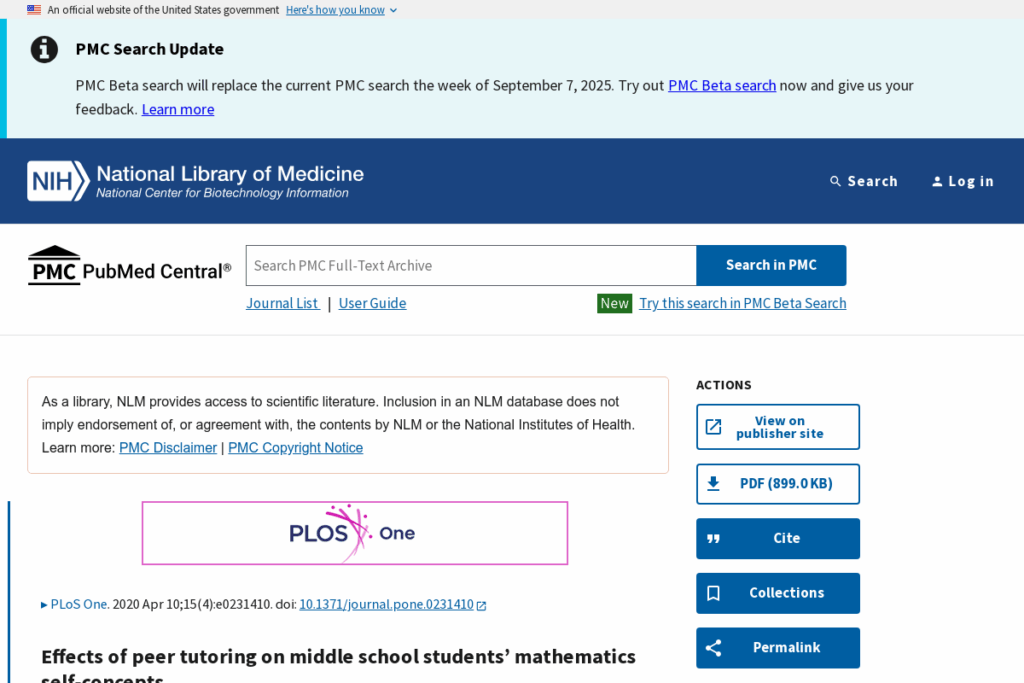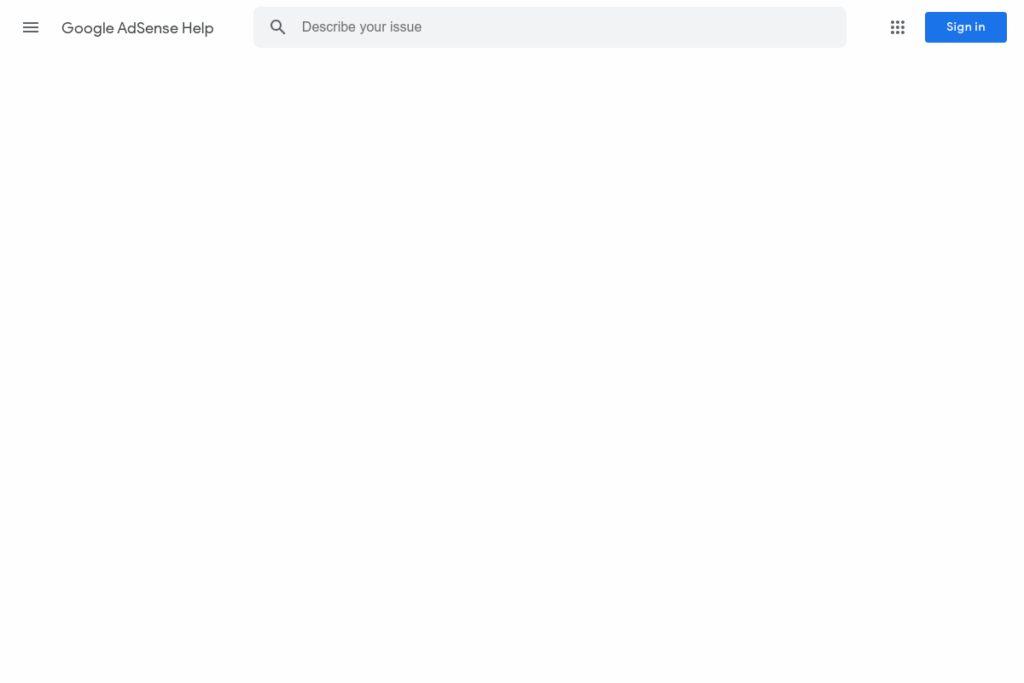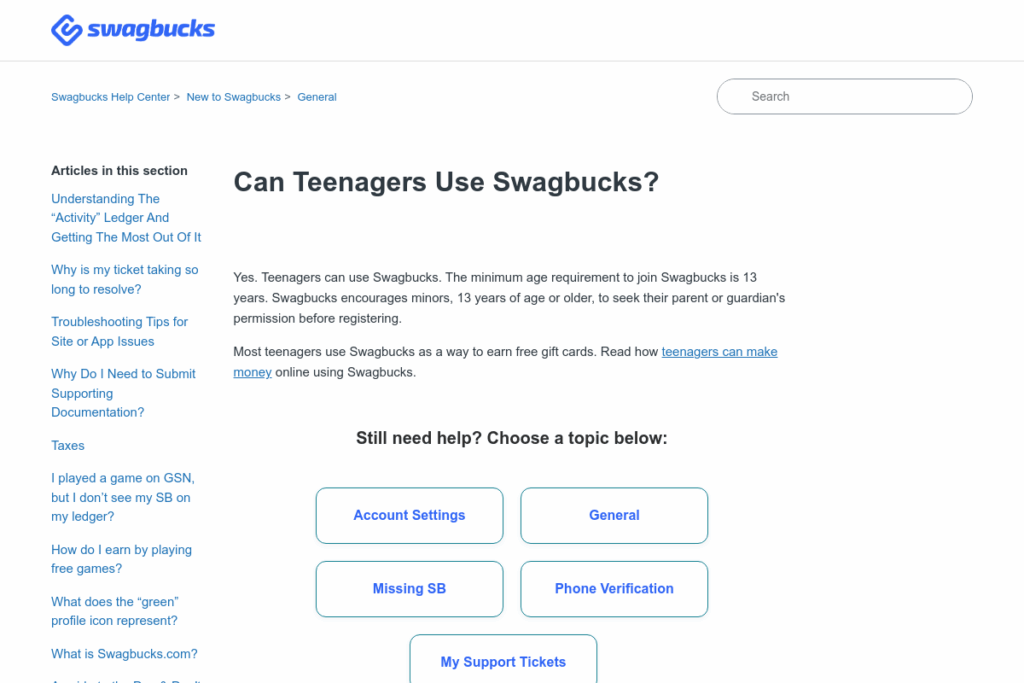
I love showing students how small, creative projects can turn into real income without sacrificing the joys of being a kid. I started with a tiny side hustle and, step by step, it grew into a business that let me design a life with more freedom. You can begin right now in 7th grade with options that respect your time, your safety, and your school schedule. Use this guide with a parent or guardian, pick one idea, and build from there.
1) Start with safety, permission, and a simple plan

Begin by talking with a parent or guardian about what you want to try, when you’ll do it, and how you’ll stay safe. Some jobs are limited for younger teens and preteens, and the rules matter. Federal child labor guidance explains what kinds of work are okay and how hours are restricted, so review the YouthRules overview together. If any part of your hustle touches the internet or collects emails, remember that websites and apps must follow the Children’s Online Privacy Protection Act. Skim the FTC’s COPPA FAQ so you and your parent understand why certain platforms ask for consent and how data is handled. Write a super simple plan: what you’ll do, the price, the tools, and how you’ll get permission before accepting a job. A short plan keeps things focused and helps your family support you from day one.
2) Offer neighborhood services first, and keep safety front and center
Local jobs are the easiest way to start. Think pet care check‑ins, plant watering, taking out trash bins, organizing a bookshelf, or tech help for a neighbor. Yard work can be great money, but treat it like real work. Safety experts advise that kids should be at least 12 to operate a walk‑behind mower and 16 for riding mowers; review these recommendations in Consumer Reports’ guidance. Riding mowers are never toys, and the U.S. Consumer Product Safety Commission urges families to keep children away from riding equipment entirely. Start with small tasks, price by the job, and use a parent to confirm details and supervise early gigs. Create a one‑page flyer and share it only with trusted neighbors your family already knows. Track time and money as practice for future projects, and don’t work during school hours or in situations where you’d be alone without a nearby adult.
3) Turn your strengths into homework help or tutoring

If classmates already ask you for help in math, reading, or science, that’s a signal. Peer tutoring is shown to boost confidence and reduce anxiety for middle schoolers, which makes it a great starting hustle. Share the evidence with your parents by reading this PLOS ONE study on middle school peer tutoring outcomes on PubMed Central. Keep it simple: 25–30 minute sessions, once or twice a week, at your kitchen table with an adult nearby. Use free materials to prep mini lessons and practice problems from Khan Academy’s resources. Start with one student, set a clear goal each session, and accept payment only through a parent. Love writing more than math? You could begin with short proofreading or paragraph‑polishing for family friends, then later explore age‑appropriate opportunities like these paid online writing jobs as you grow older and gain experience.

4) Sell crafts or digital printables with a parent‑run shop
Love art, beading, or designing planners? You can sell to family friends or online using a parent’s account. Minors can only sell on Etsy under direct adult supervision, so read the platform’s rules in the Etsy minors policy before you make anything. For digital products like homework planners or wall art, use only artwork you created yourself or content that is clearly licensed for commercial use. Learn the basics of what licenses allow, like which Creative Commons options can be used for business, in Creative Commons’ license guide. Start small: one or two items, clear descriptions, and parent‑managed messages and payments. Photograph products in natural light, keep prices accessible, and bundle items to increase value. Always list your parent as the account owner, disclose that an adult manages the shop, and fulfill orders together so every step stays safe and transparent.
5) Create content the right way and learn to monetize later

Short videos, how‑to clips, or a mini newsletter can build skills and, eventually, income. For any channel that could serve young audiences, review YouTube’s kids and family content best practices so your work stays appropriate and high quality. Monetization is different for minors: AdSense pays only adults, which means a parent must be the payee per AdSense’s age requirement. That is normal and it’s how many young creators get started safely. Focus first on consistent, helpful content that solves problems for your peers. Try a weekly study tip, a book summary, or a speed‑draw art series. When you are ready to learn how creators earn from sites and sponsorships, explore how established publishers do it in this guide to how blogs make money. With a parent involved, you can grow an audience now and monetize when you’re eligible.
6) Use online micro‑earnings carefully if you are 13+

Once you turn 13, some rewards platforms let teens earn small gift cards for surveys or tasks with a parent’s permission. Read the rules first. For example, Swagbucks says the minimum age is 13 and encourages parental approval in its teen policy. Set realistic expectations, since independent reviews note low hourly returns and frequent disqualifications; skim The Ascent’s Swagbucks review to see typical pros and cons. If you try these sites, use a parent‑created email, never share sensitive information, and set a strict time cap so micro‑tasks don’t eat into homework or sleep. Prioritize safer, higher‑value skills like tutoring or design work; treat survey apps as occasional pocket‑money extras, not the main plan. Your best long‑term money comes from building useful skills you can charge more for each year.

7) Track your money, price fairly, and protect your time
Great hustles fizzle without clear habits. Choose two tools: a simple chore or client chart and three jars or categories for Save, Spend, and Give. A visual chore or job tracker can keep you organized; browse practical ideas in The Spruce’s chore chart roundup. Then split every dollar you earn using a kid‑friendly budget method. If you like visuals, try the classic three‑jar system explained here by Fulton Bank. Start with simple pricing like flat fees for small jobs and a parent‑approved rate for tutoring. Limit sessions to certain afternoons, with one weekend slot, so you still have time for friends and sports. Revisit prices each month as you improve. With your parent, keep a running list of repeat clients and a short script for saying no when school gets busy. That balance is how a side project grows without taking over your life.
Wrap‑up: Your first dollars in 7th grade are about learning, not perfection. Start close to home, involve a parent, and choose one path that fits your strengths. Keep safety and privacy first, build a tiny system to track money and time, and let your wins compound. When you are ready to dream bigger, explore age‑appropriate long‑term business ideas and keep leveling up your skills. Small steps now can snowball into the freedom to do more of what you love later.

